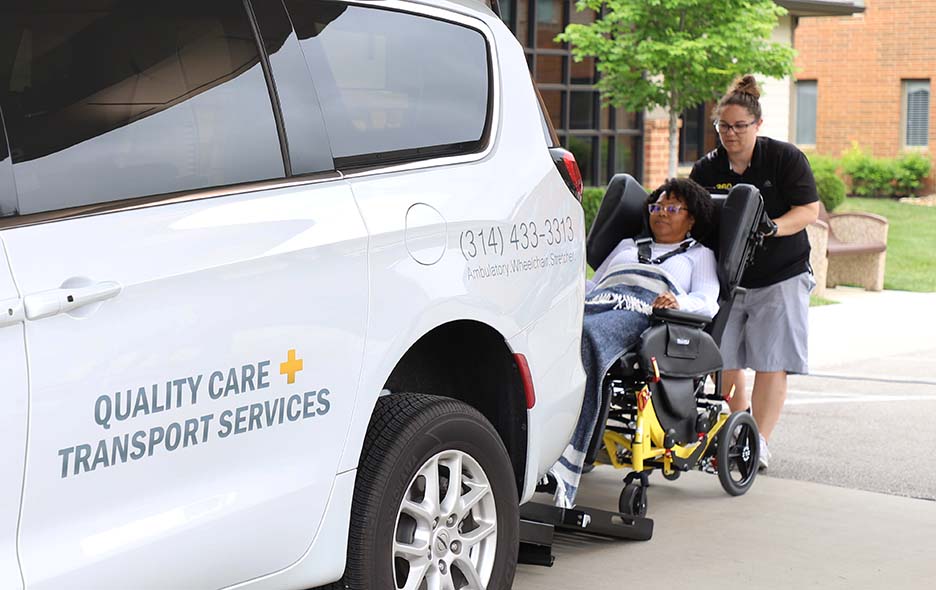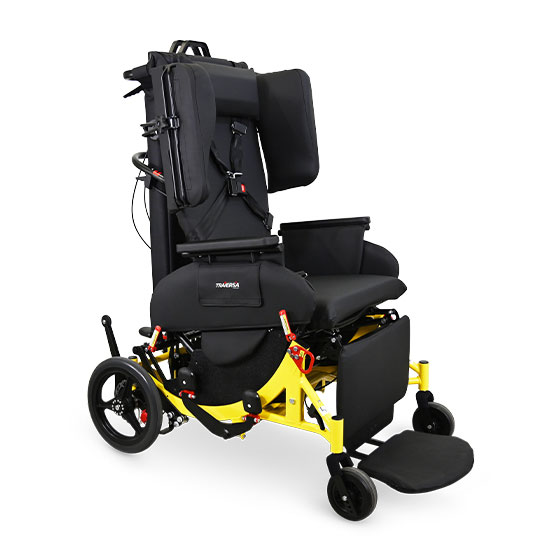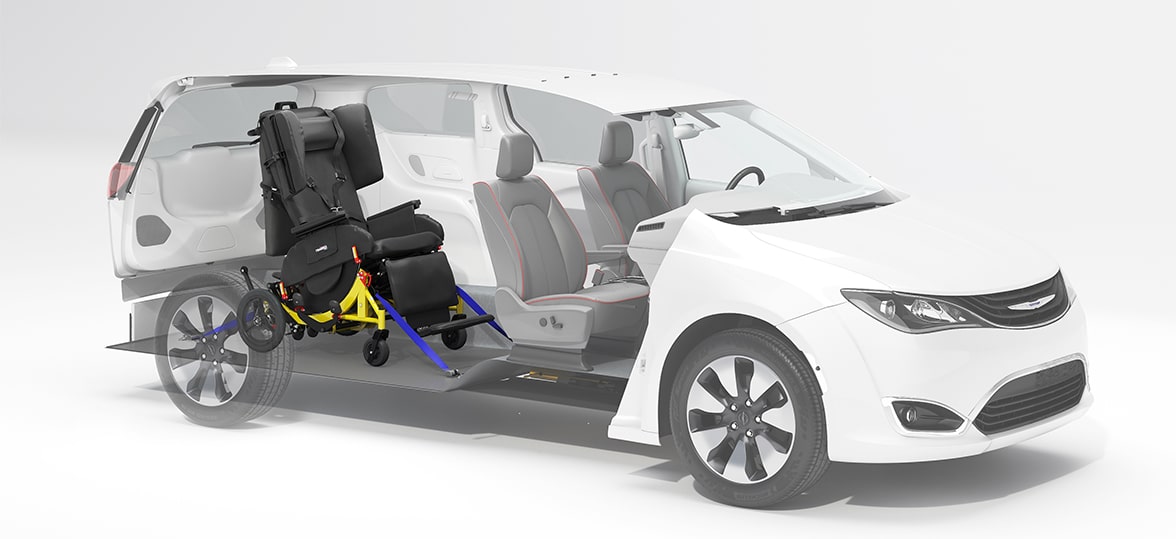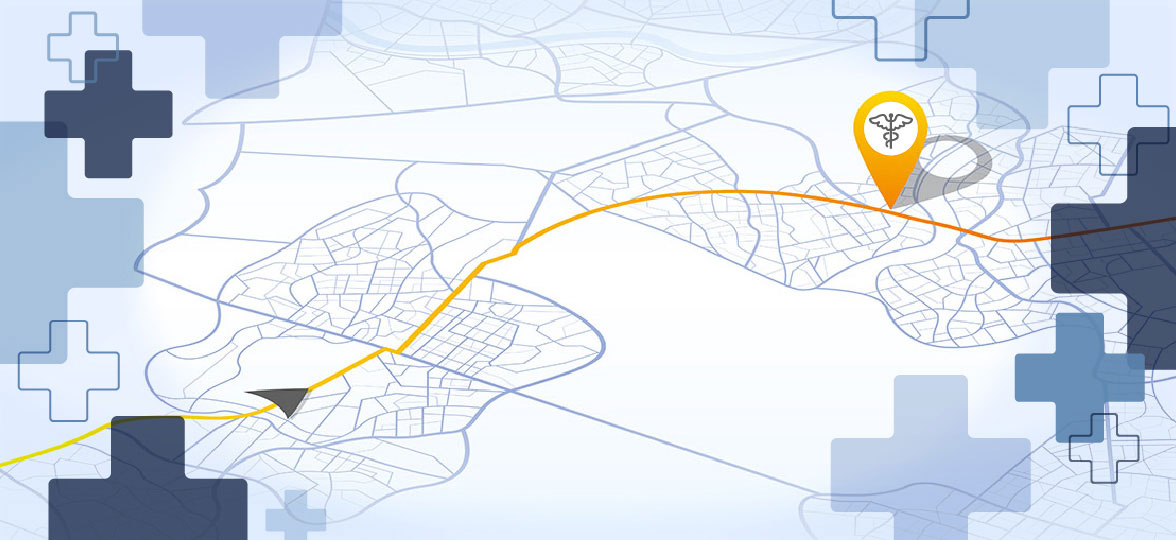In an aging society with increasing healthcare needs, non-emergency medical transportation (NEMT) drivers fill a critical gap by helping people get to their medical appointments safely and reliably. With the global NEMT market worth approximately $8.66 billion in 2021 and expected to reach $15.58 billion by 2028, there’s no question that there will be a continuing need for NEMT drivers in the healthcare industry.
If you love being behind the wheel just as much as providing compassionate patient care, NEMT could be rewarding. But what exactly does it take to become an NEMT driver?
Below, we discuss the steps involved in NEMT driver certification and other requirements for this essential role in healthcare.
What Is an NEMT Driver?
NEMT drivers provide a vital mobility service for individuals who require transportation to medical care in non-emergency situations. They safely drive patients to and from healthcare facilities, ensuring their comfort and accommodating those with mobility issues.
Why Are NEMT Drivers Important?
NEMT drivers are an integral part of healthcare. Older adults, people with disabilities, those recovering from surgery, and anyone unable to get themselves to and from healthcare facilities rely on NEMTs to make their medical appointments. It’s a vital service bridging the gap between vulnerable populations and the healthcare they deserve.
The services NEMT drivers provide help reduce missed appointments, which improves health outcomes and reduces overall healthcare costs.

What Are the Requirements for Becoming an NEMT Driver?
If you’re interested in becoming an NEMT driver, you’ll need to fulfill several criteria. NEMT driver requirements may differ from state to state but generally include the following:
- Age 21 years or older
- Valid driver’s license
- Commercial driver’s license (CDL), depending on the vehicle type
- Clean driving record for the previous 3–5 years
- Passing a criminal background check
- Drug screening
- Physical fitness to assist passengers and secure mobility equipment
- Medical examination
State-Specific Requirements
Each state has its own requirements, and these may change over the years. Examples of state-specific NEMT requirements include:
- Florida: NEMT driver certification in Florida requires CPR certification and specific training programs approved by the Florida Agency for Health Care Administration.
- Illinois: NEMT certification in Illinois requires NEMT drivers to complete passenger assistance training and safety training.
- North Carolina: NEMT certification in North Carolina requires completing approved training and maintaining certification through the North Carolina Division of Health Service Regulation.
Training for NEMT Drivers
NEMT driver training is important for both patient safety and ensuring NEMT businesses remain compliant with regulations. The following are some of the primary types of training programs for NEMT drivers.
ADA and Passenger Assistance Training
First Aid and CPR Certification
While NEMTs are not trained emergency medical technicians (EMTs), it’s essential for them to have basic first aid and CPR training so they can respond to any emergencies during transport and help the passengers until EMTs arrive.
Safety Training
NEMT drivers also need to be knowledgeable about important safety practices like:
- Defensive driving techniques
- Emergency procedures
- Evacuation protocols
- Use of safety equipment
- How to drive in different weather-related scenarios
Customer Service and Communication Skills
NEMT drivers need to have exceptional customer service skills, including the skills to help individuals suffering from anxiety, discomfort, and other challenges. Training includes learning empathetic communication, conflict resolution, ethics, professional boundaries, and awareness of sensitivities regarding cultures and diversity.

NEMT Driver Certifications
While NEMT driver certifications and requirements vary from state to state, the following are widely accepted as important certifications for NEMT drivers.
NEMTAC Certified Transportation Specialist
The Non-Emergency Medical Transportation Accreditation Commission (NEMTAC) provides specialized NEMT training. This Certified Transportation Specialist (CTS) certification includes:
- Industry standards and best practices
- Conduct and ethics
- Patient safety
- Transport protocols
- Regulatory compliance
- Risk management
PASS Certification
The Community Transportation Association of America (CTAA) is a national organization dedicated to ensuring access to transportation that offers the Passenger Assistance Safety and Sensitivity (PASS) certification program.
PASS certification is highly regarded as the industry standard for ensuring safe, sensitive, and careful passenger transport.
Continuous Education and Professional Development
The NEMT industry is not static, and most certifications require renewal every two years—some annually. Additionally, NEMT drivers should always stay up-to-date on any changes in healthcare regulations and safety standards.
NEMT drivers can expand their services with specialized training in areas like bariatric patient transport, dementia care, and other specializations that may call for unique qualifications.
It can also be beneficial to join national organizations like NEMTAC to learn from their training and best practices, resources, and certification programs.

Upgrade Your NEMT Business with the Traversa
Operating an NEMT business is about providing the best service and features for those who need your assistance. One great way to stand out is using specialized equipment like the Broda Traversa Transport Wheelchair.
The Traversa Transport Wheelchair is specifically designed to meet the unique demands of NEMT services. It’s a revolutionary mobility solution that offers greater safety and comfort than standard wheelchairs while also providing a cost-effective alternative to stretchers, replacing 90% of stretcher trips and reducing equipment and labor costs.






